Here is a solution with a MutationObserver:
library(shiny)
library(slickR)
js <- "
$(document).ready(function(){
var ss = document.getElementById('slickr');
// create an observer instance
var observer = new MutationObserver(function(mutations) {
var index = $(ss).find('.slick-current').data('slick-index');
Shiny.setInputValue('imageIndex', parseInt(index)+1);
});
// configuration of the observer
var config = {subtree: true, attributes: true};
// observe
observer.observe(ss, config);
})
"
ui <- fluidPage(
tags$head(
tags$script(HTML(js))
),
textOutput("imgName"),
tags$hr(),
tags$div(
slickROutput("slickr", width="500px"),
style = "margin-left:100px;"
)
)
server <- function(input, output) {
imgs <- list.files("~/", pattern=".png", full.names = TRUE)
output[["slickr"]] <- renderSlickR({
slickR(imgs)
})
output[["imgName"]] <- renderText({
paste0("CURRENT IMAGE: ", basename(imgs[input[["imageIndex"]]]))
})
}
# Run the application
shinyApp(ui = ui, server = server)

Another solution, simpler: replace js with
js <- "
$(document).ready(function(){
$('#slickr').on('setPosition', function(event, slick) {
var index = slick.currentSlide + 1;
Shiny.setInputValue('imageIndex', index);
});
})"
